Doubly Blessed?
Integrating Hewlett-Packard and Compaq may have been the easy part. Can HP now beat Dell and IBM at their own game?
Roy Harris, CFO Magazine
September 01, 2003
When the idea of combining Hewlett-Packard Co. and Compaq Computer Corp. first came up, HP chief financial officer Robert Wayman was skeptical. “I assumed we’d study it for two weeks and move on,” he says. “In this industry, there’s virtually no history of a good consolidating merger.”
Sixteen months after completing the $19 billion deal, Wayman is confident he and his counterpart from Compaq — Jeff J. Clarke — have helped rewrite that piece of history. For his part, Wayman has championed the deal with investors as a model of combined efficiency. Meanwhile, as a leader of the consolidation process, Clarke fashioned the model over a nine-month period, applying “the financial rigor needed to coordinate milestones and drive costs out.”
So far, that rigor has already reduced costs by $3.5 billion, or 5 percent, about $1 billion more than the goal set for 2004’s October 31 year-end. Inventory has been slashed from 48 days’ worth to 40 days, gaining some $1.2 billion in working capital. Moreover, four of HP’s five business segments were in the black in the first fiscal quarter, with the combined companies having only minimal market-share losses in a number of product lines. Says Clarke simply, “We believe this was the most thoroughly planned merger in history.”
But now comes the hard part: capitalizing on Wayman’s promise to investors that the integration will produce competitive advantages. He argues that the blending of Compaq and HP — already a profitable leader in imaging and printing — will soon put the combined entity called Hewlett-Packard in a position to beat Dell and IBM in the PC, server, and services businesses. “This combination gives us a tremendous number of levers to work with,” he says.
But whether pulling those levers will allow a beefed-up HP to actually overtake Dell and IBM as a profit machine is still an open question. Analysts such as S.G. Cowen’s Richard Chu at least give HP high marks for avoiding the integration catastrophes that naysayers predicted. Chu even thinks HP’s cost-cutting efforts, along with its strong profit base in printers, just might let the company make market-share inroads — although not without a battle. “IBM at one end of the spectrum, and Dell at the other,” he says, “are viewed by the investment community as having very defensible business models.” Nevertheless, he adds, “I can afford to say, maybe they can pull it off.”
Tampa’s Defense, Oakland’s Offense
Pulling off such a high-profile merger is a delicate proposition. And it typically results in the exit of the smaller company’s CFO. In this case, says Clarke, “I didn’t go away, because Carly [CEO Carleton S. Fiorina] and Bob [Wayman] offered me a great job: to co-lead the integration [with HP executive vice president Webb McKinney].”
Working with McKinney, Clarke first sought out some examples to follow. Positive lessons came from such mergers as NationsBank and Bank of America (for branding), Exxon-Mobil (for global scale), and Citibank-Salomon Smith Barney (for employee retention). Meanwhile, the largest negative lesson may have come from Compaq’s acquisition of Digital Equipment Corp. back in 1998.
As Digital’s CFO in Paris at the time, Clarke lived through “that horribly messy integration,” says Larraine Segil, an expert in alliances who studied the HP-Compaq deal for her book Measuring the Value of Partnering, due out in January. For HP’s integration, “he managed to avoid the lack of coordination and communication” that bogged down Compaq-Digital, “and he didn’t leave the cultural element to serendipity.”
In fact, Clarke and his six-member integration steering committee didn’t leave much to serendipity at all. Meeting each Thursday to brief Fiorina and Wayman, as well as CIO Robert Napier and human-resources chief Susan Bowick, the committee named HP’s new top managers by year-end 2001, and had them ready to take their posts on the May 7 completion date. Before that, the members oversaw the actual integration planning, which was done by so-called clean teams — named for the 2,500 employees who had been freed from their normal jobs to prepare for the combination.
The teams’ marching orders were based on a philosophy called “adopt-and-go,” which was largely a product of HP’s own spin-out of Agilent in 1999. In essence, says Clarke, it recognizes that “fast, decisive actions that stick, and are driven by the top,” work better than more-deliberate decisions that, “at the end of the day, may be right on paper but can’t be implemented.”
To illustrate, Clarke uses a hypothetical combination of last year’s Super Bowl rivals — the offense-heavy Oakland Raiders and defense-minded Tampa Bay Buccaneers. Rather than take defensive and offensive players from each team and make them work together, he says, “we’d pick the entire offense of the Raiders and the entire defense of the Buccaneers,” recognizing each for its strength. “Since we had two sets of Unix servers, and Compaq was losing lots of money, we stuck with [only] the winning HP team.” In the main case of two brands being maintained, HP and Compaq PCs, the supply chain and procurement were combined, significantly trimming costs. Eventually, one PC brand probably will survive.
Cultural issues, a potential quagmire in any merger, were also addressed head-on, and early. All employees were required to participate in “fast-start workshops,” which focused on team-building and governance issues within the framework of blending the HP and Compaq cultures. And the success of managers in personnel transition matters was reflected in their compensation through the balanced scorecard. The attention to cultural affairs was especially helpful given that 17,900 employees, 11 percent of the premerger total of 154,900, were laid off during the first five quarters after the merger, and 1 in every 10 remaining employees in a product-related position was moved from one product to another in the adopt-and-go realignments.
The Magic “1 and 4”
The incentive for reshuffling the deck correctly was the creation of an HP that could compete profitably across a wide range of products. Wayman says any misgivings he had about the merger dissipated after he studied the impact of the combination on the two companies’ market share of major products, especially where one of the two ranked number 1 and the other languished in the pack. “We saw how we could improve our market position and our financial results,” he says. “And where there was overlap, it was in areas where there was complementary strength.” In industry-standard servers — those based on the Windows platform, for example — Compaq was number 1 and HP was number 4, while in Unix servers the 1 and 4 positions were reversed. “It was a great strategic fit,” Wayman says.
“This is a winner-take-all business,” adds Clarke. “You have a great opportunity to make profits if you’re in a strong position, but it’s brutal if you’re number 4. Eliminating those number 4s just changed the nature of the industry.” In the services area, number 8 HP and number 9 Compaq combined to become number 3 — putting it in a position to bid on work it couldn’t have supported before. The biggest example: a $3 billion Procter & Gamble contract in April, for which a prime competitor was number 1 IBM.
Of course, despite all the consolidation, a return to growth in HP’s businesses may take a while, and will depend in part on an economic upswing. In the meantime, Clarke and Wayman say that HP is currently innovating at a fast clip. It boasts 3,000 patents worldwide since May 2002 and a $4 billion rate of annualized research-and-development spending, with no slippage from what HP and Compaq together spent in their last year as separate entities.
No Niches to Milk
Still, investors have balked at the merger, especially since it came during the high-tech slump. Stockholders punished both HP and Compaq shares when the deal was struck, and the combined HPQ stock lagged behind Dell and IBM until an upturn starting in early June. “The market has been saying this is going to be a really competitive industry in the future. Nobody will have a real niche that they can milk,” says Harold Mulherin, a professor at California’s Claremont McKenna College.
Clarke argues that HP’s smaller services business actually has a better margin than IBM’s—9.9 percent versus 9 percent. (Yes, responds S.G. Cowen’s Chu, but HP’s margins reflect more maintenance and support work, rather than IBM’s broad services lines.) And Clarke sees Dell — not HP — on the defensive in other markets. “Let’s remember,” he says, “that Dell as a company is half the size of HP, and 68 percent of [Dell’s] revenue is in the United States.”
In the battles ahead, HP has decided that the integration itself may be a good competitive weapon, even using its success as the basis of a $400 million brand campaign. Meanwhile, the relationship forged between veteran Wayman and newcomer Clarke — now executive vice president for global relations — may also be to HP’s advantage going forward. There is even speculation that the 41-year-old Clarke will take the CFO spot when Wayman, 58, retires.
Clarke won’t discuss that, but says, “Bob and I are good friends. We’ll continue to work closely and consult each other. We have been through a lot together.”

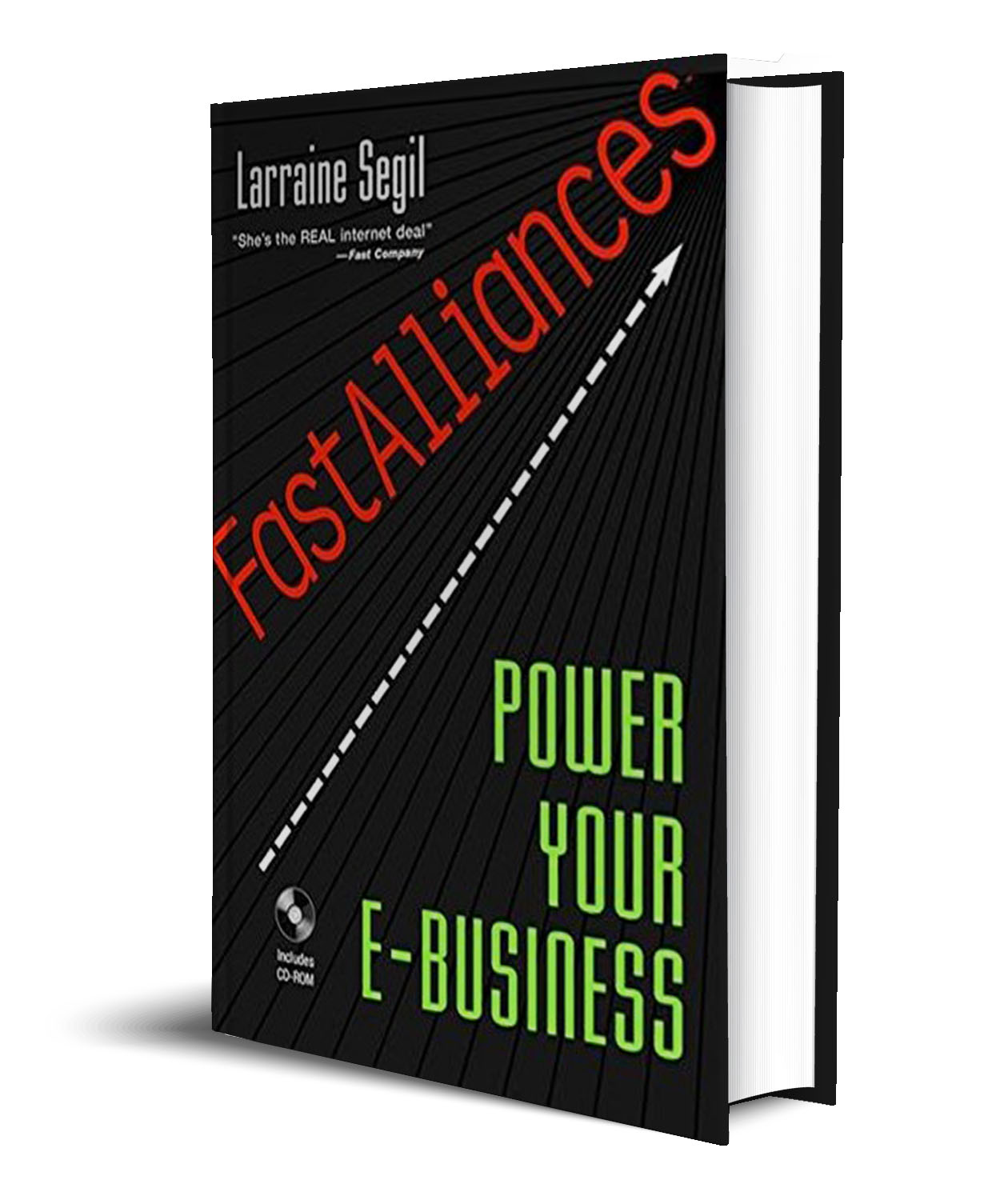
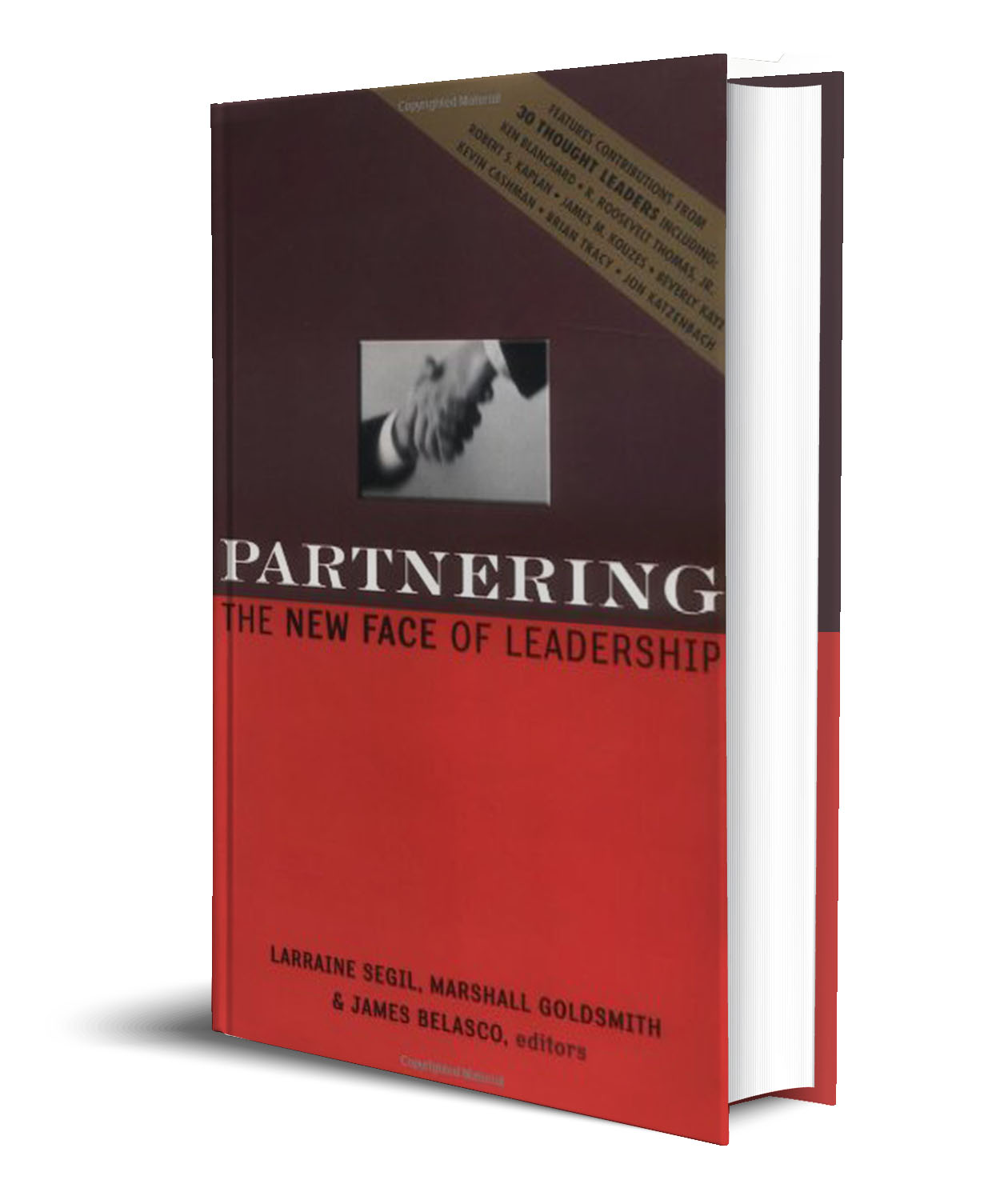
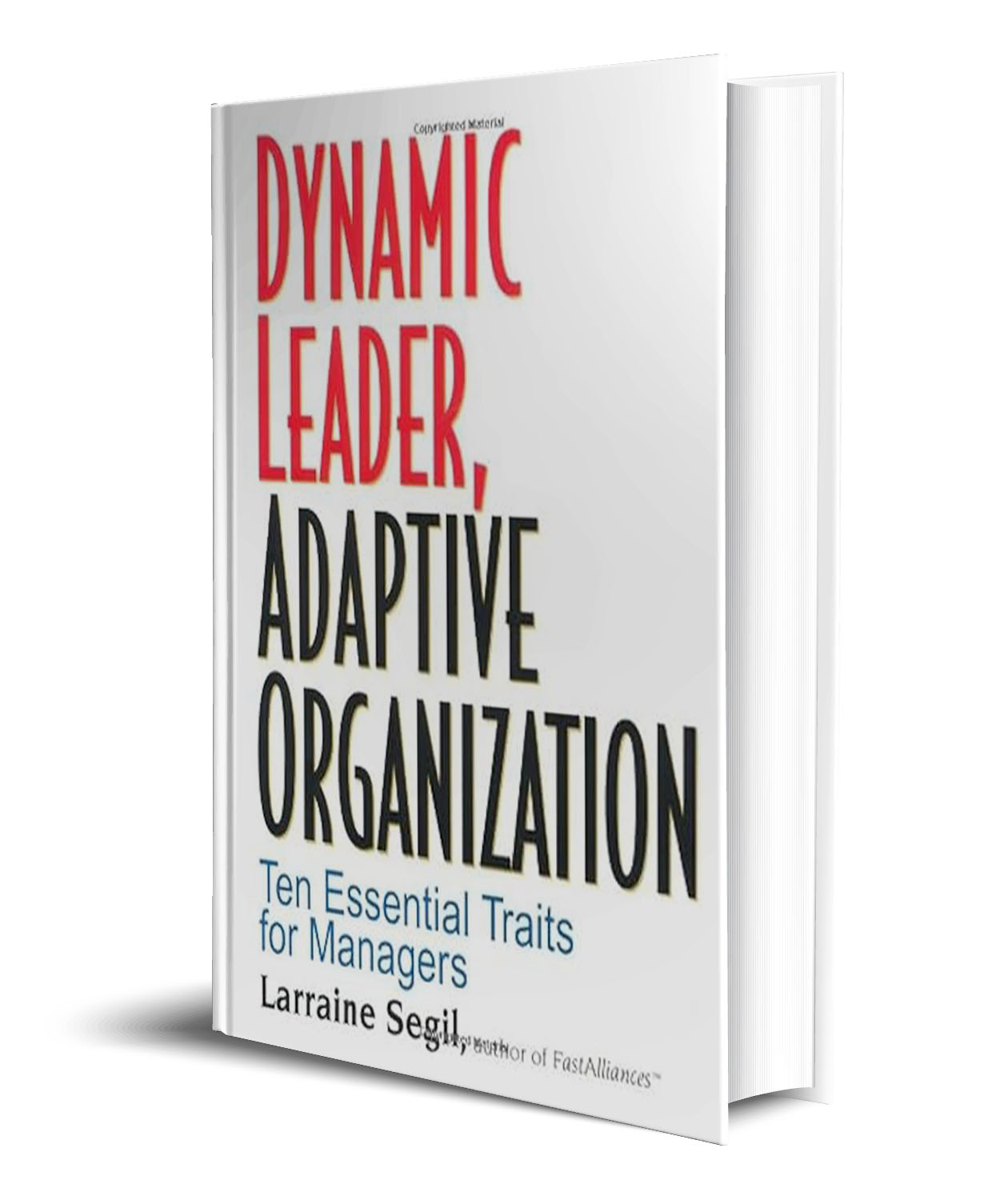
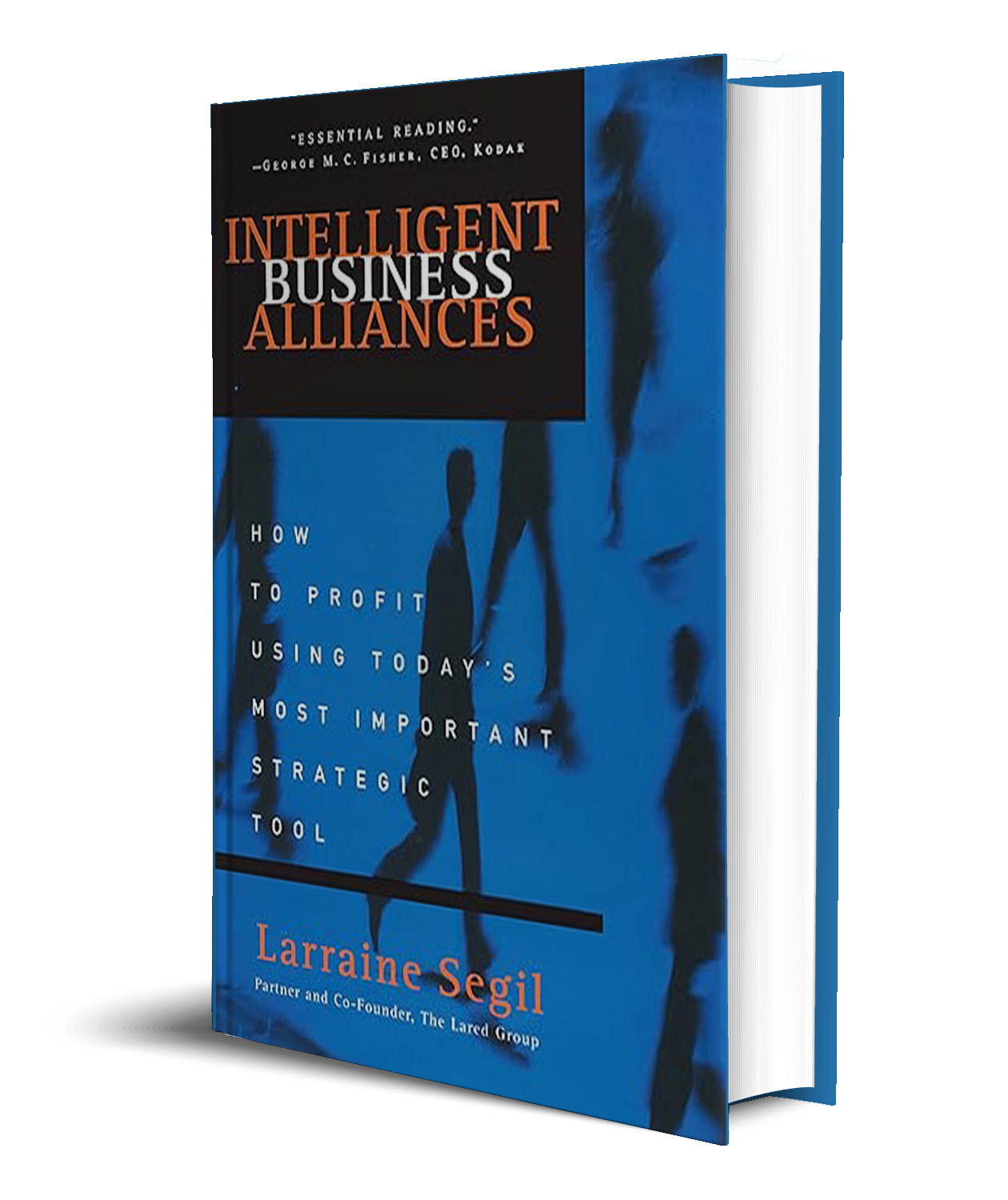
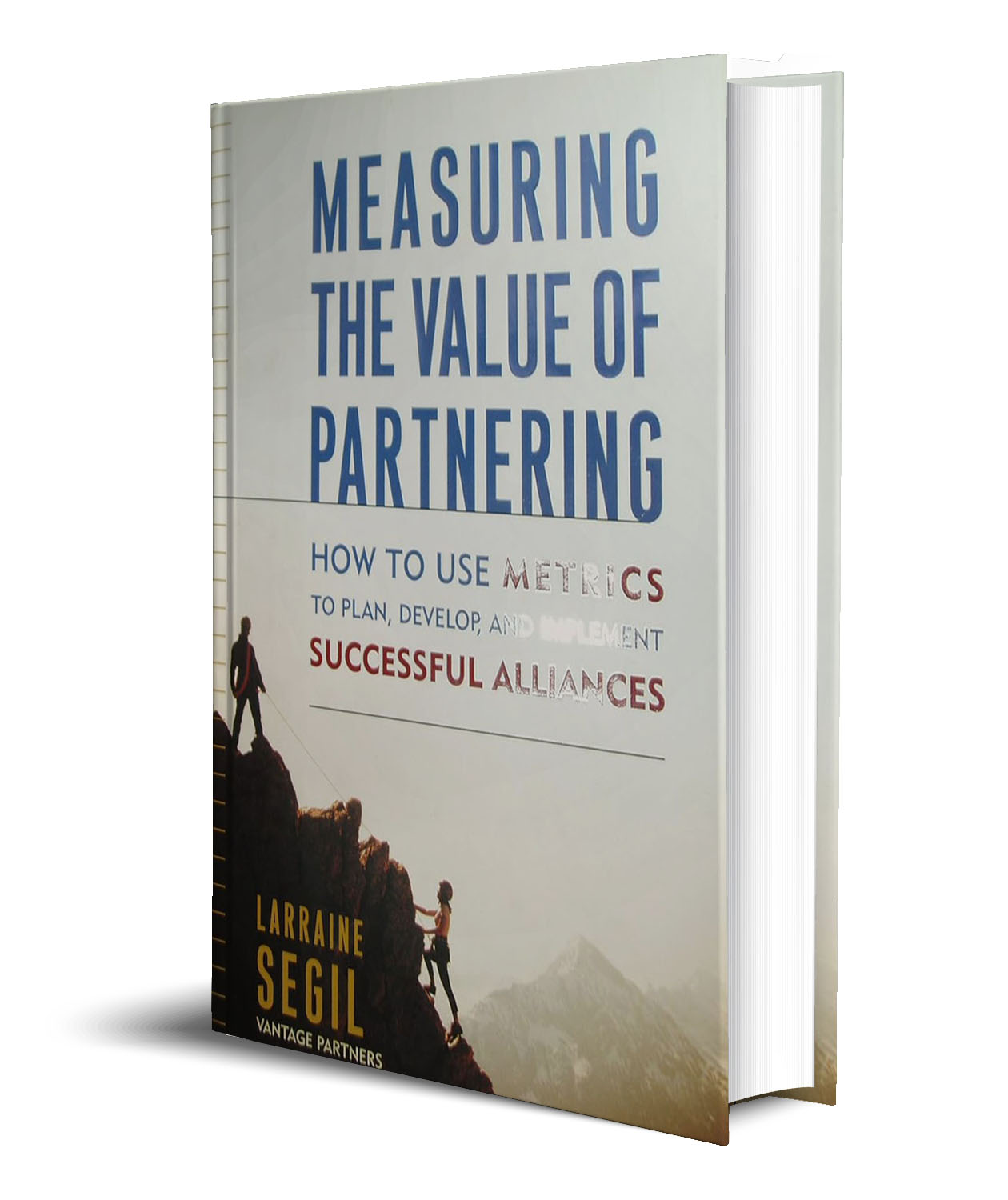
Leave a Reply
You must be logged in to post a comment.